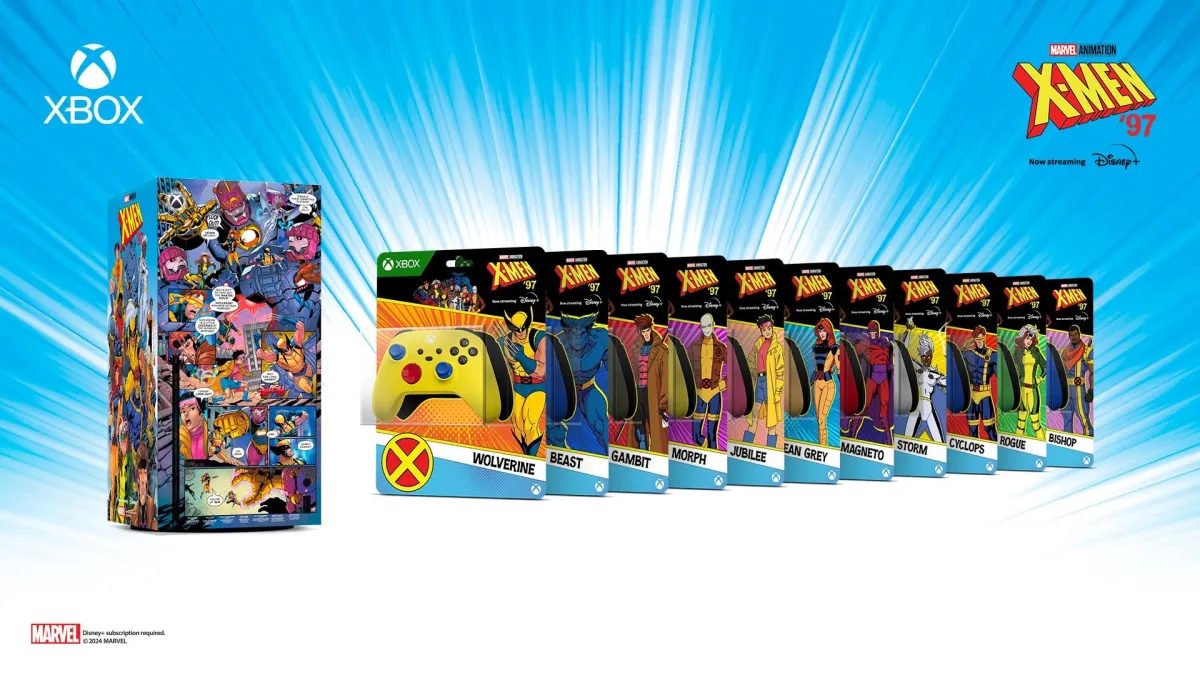The NASA team used DVD-style error correction to keep the image beautiful.
NASA has utilized laser communication to beam a picture of the Mona Lisa to a satellite orbiting the moon. Using the laser ranging station at NASA Goddard in Greenbelt, Maryland to communicate with the Lunar Reconnaissance Orbiter (LRO), NASA transmitted a grayscale Mona Lisa to the moon and back. “This is the first time anyone has achieved one-way laser communication at planetary distances,” said David Smith of MIT in a NASA press release. Smith is the principal investigator for the device on the LRO known as the Lunar Orbiter Laser Altimeter (LOLA), usually used to track the position and altitude of the lunar orbiter. “In the near future, this type of simple laser communication might serve as a backup for the radio communication that satellites use. In the more distant future, it may allow communication at higher data rates than present radio links can provide.” While most satellites use radio for tracking and communication, the LRO is currently the only satellite orbiting another solar body to be tracked by laser. The Mona Lisa image transmitted was about 152×200 pixels, and it was transmitted at only 300 bits per second, but it’s worth noting that the laser ranging system was never designed to transmit image data.
Each pixel in the Mona Lisa was transferred to a grey shade, and each shade was represented by a number between zero and 4,095. Each pixel was a single laser pulse, timed during the traverse of the LRO. In this way, the image was piggybacked onto the laser tracking signal. Once the signals arrived at LOLA, they were reconstructed based on their timing – that is, their shade was determined by the time slot they arrived in. To make up for any transmission errors, the scientists used Reed-Solomon coding, the same error correction used by the lasers in CD and DVD players. Once the LRO constructed the image, it sent Mona Lisa back down to earth the old fashioned way, by radio waves.
In the coming years, NASA intends to launch a laser communications test satellite capable of much higher speeds, this is all part of NASA’s next moon mission, the Lunar Atmosphere and Dust Environment Explorer (LDEE). The LDEE will use high speed laser communication as its primary means of communication.
Source & Image: NASA



